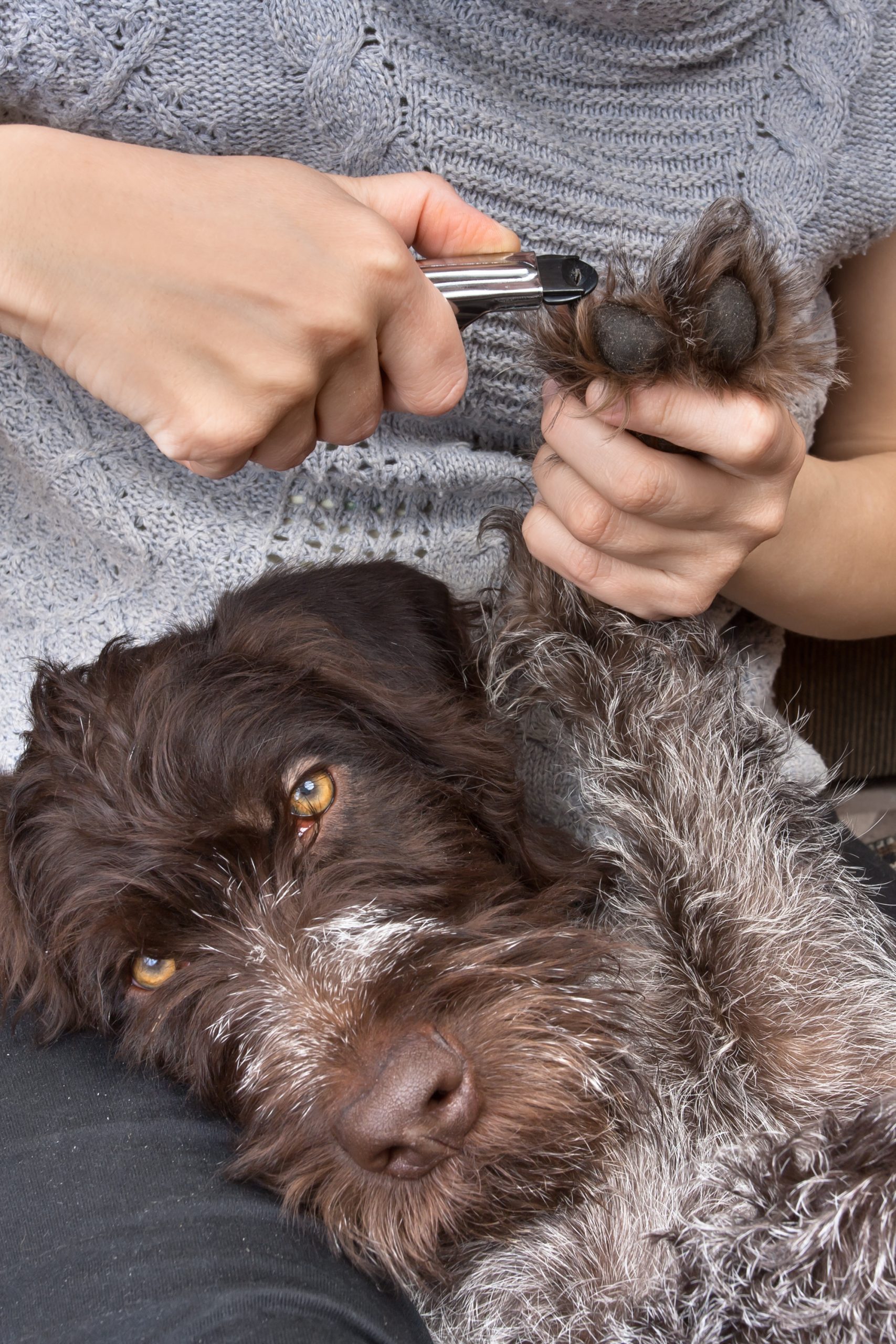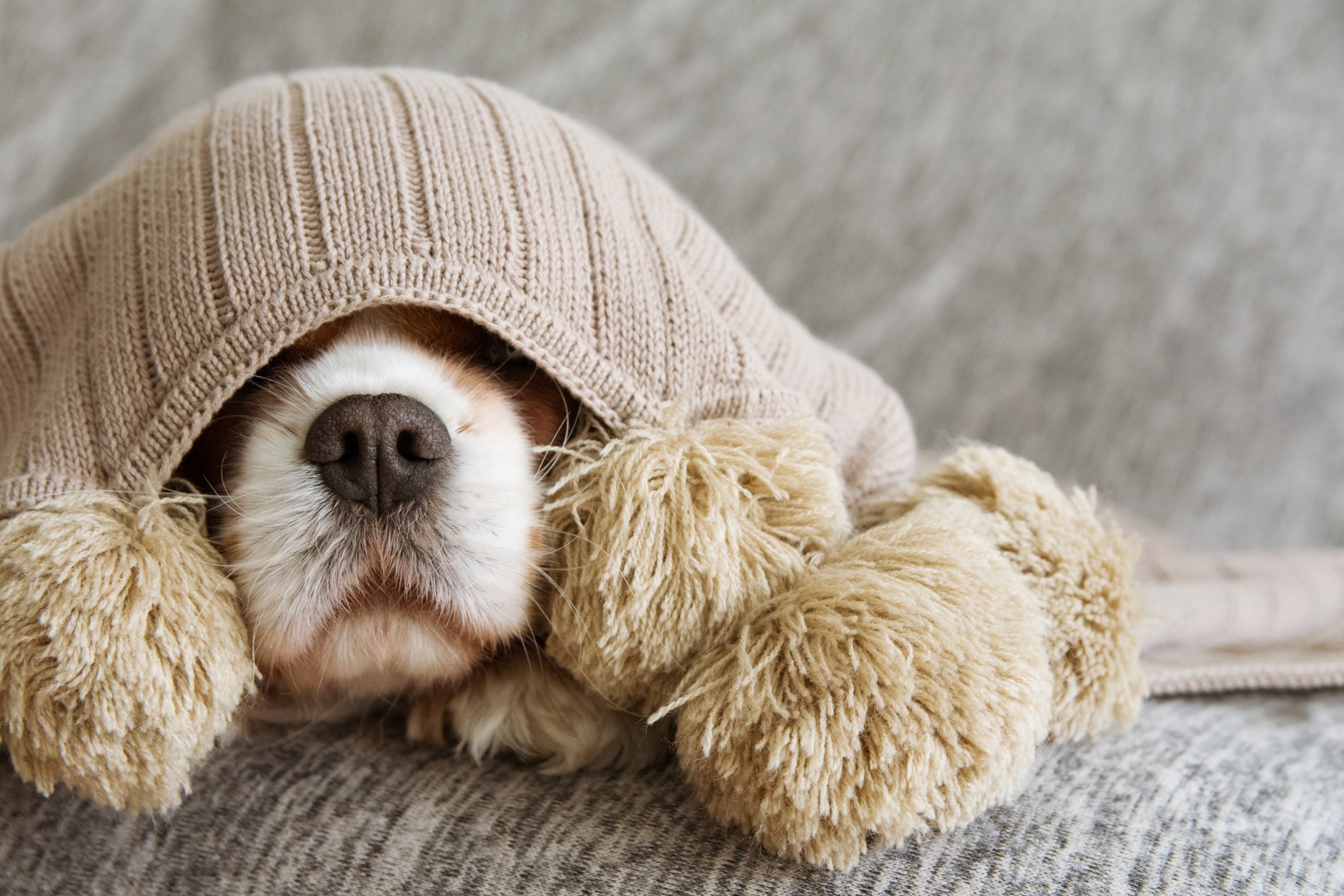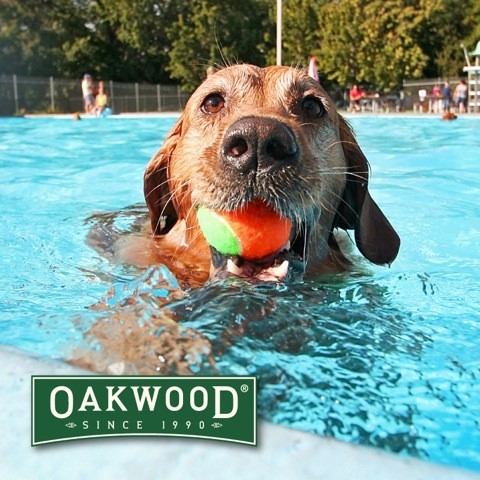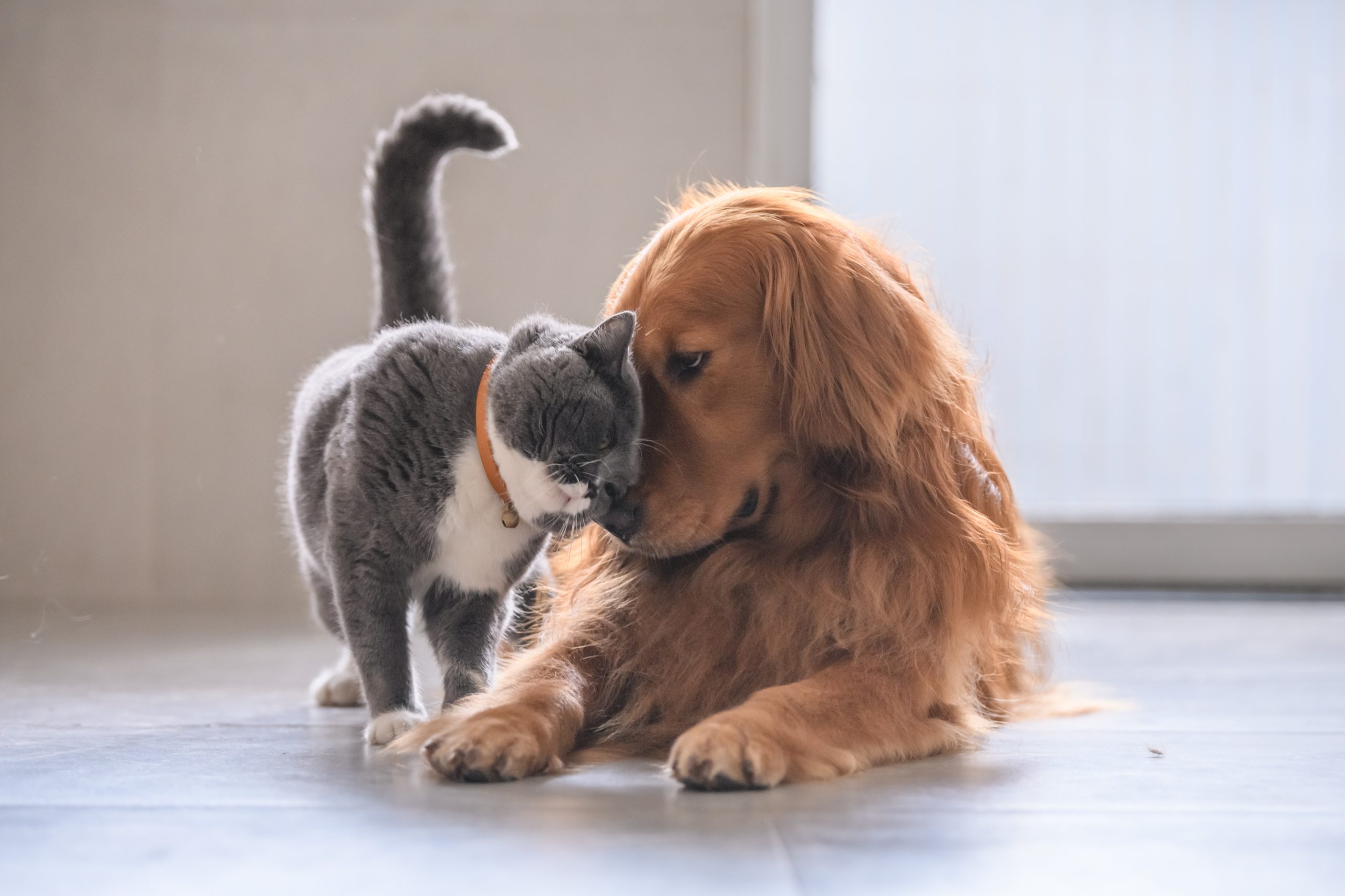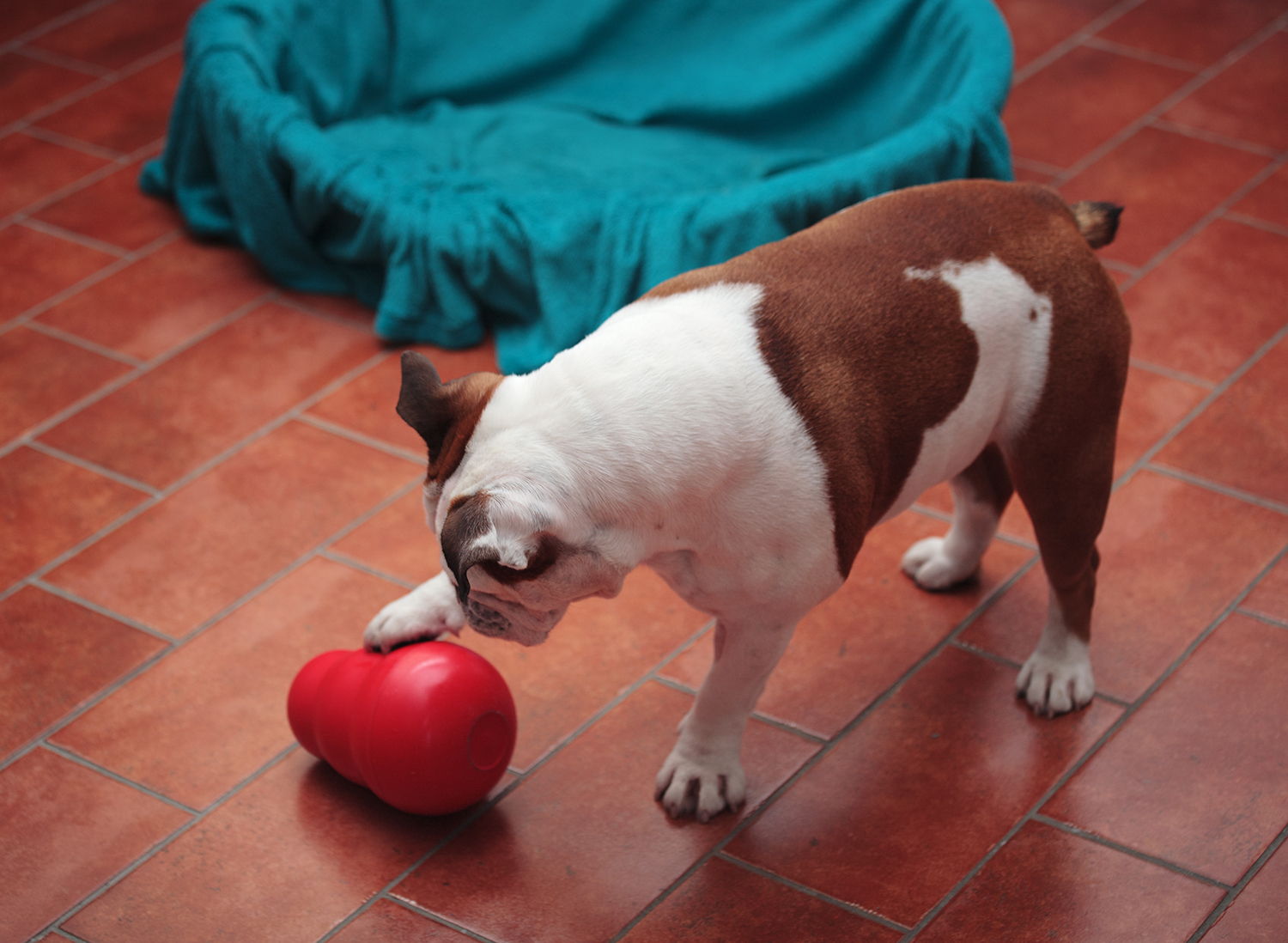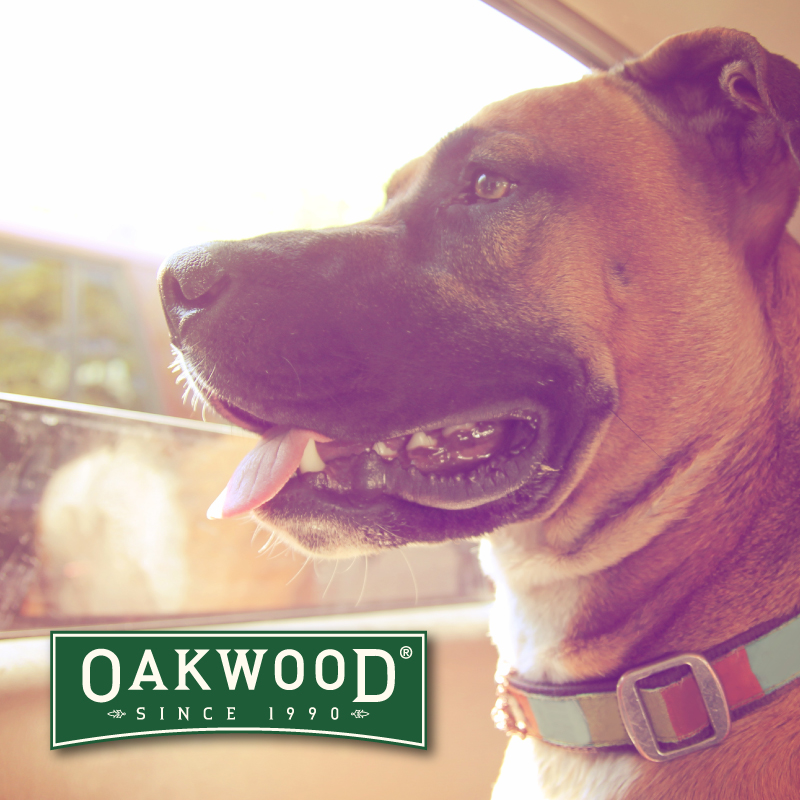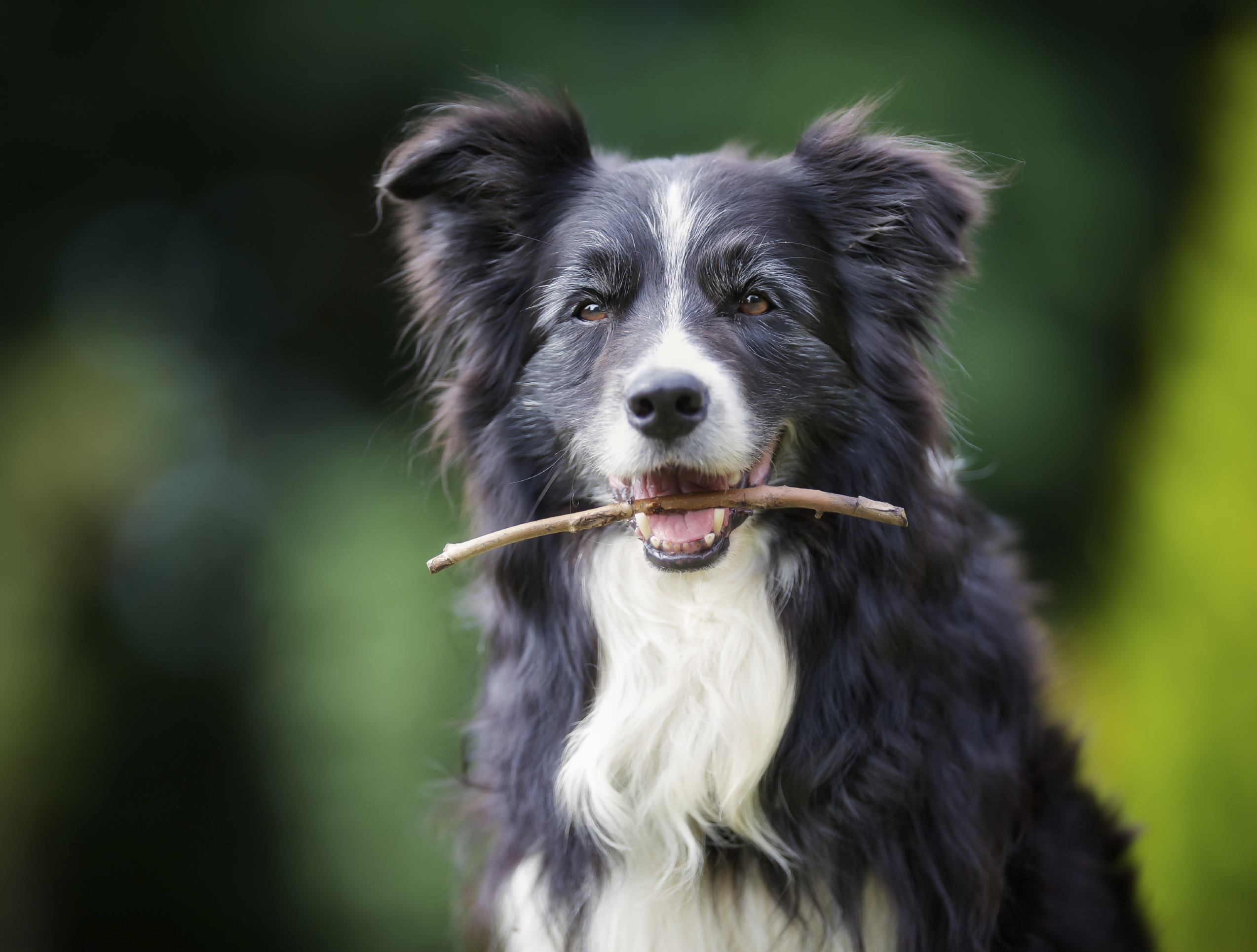
Some of the common health issues in older pets include
- kidney , liver and cardiovascular disease
- prostate disease and testicular cancer
- diabetes
- arthritis and degenerative joint disease
- cognitive problems
Be aware of changes in your pet’s behaviour that could indicate underlying age- related disease. Don’t accept old age as the reason for these changes as they could actually be symptoms of treatable underlying problems.
- Change in appetite
- Weight loss or weight gain
- Excessive thirst and/or urinations
- Difficulty rising, climbing stairs or getting into the car
- Loss of housetraining
- Appearance of lumps or bumps
- Bad breath, or bleeding gums
- Diarrhoea or vomiting
- Change in sleep patterns
- Confusion or disorientation
Regular health checks. Once your pet is senior, take him/her to the vet for a thorough check up twice a year. Pets can suffer from many of the ailments that affect humans such as cancer, diabetes, dental disease, kidney failure and loss of vision. Early detection is the key and many of these conditions can be treated to help your pet maintain its quality of life.
Diet. An older dog needs a balanced diet that is lower in calories, protein and fat but higher in fibre. Your vet may recommend a prescription diet or suggest dietary supplements.
Watch their weight. Because of decreased activity level, many older dogs will gain weight. Being overweight predisposes pets to heart disease and diabetes and also places unnecessary strain on hips and joints.
Exercise. Older dogs still need the mental stimulation provided by daily walks and although they may not have quite the same spring in their step, they still enjoy the sights and smells of the great outdoors. Short but regular walks are one of the keys for keeping your pooch alert and young.
Degenerative Joint Disease, also called osteoarthritis, is one of the most common progressive conditions in dogs. It can occur as a result of hip dysplasia, joint fractures, and cruciate ligament disease.
There are many treatment options to help to slow down the degenerative changes. Your vet may prescribe anti-inflammatories a to help provide pain relief and there are a range of supplements on the market that may help alleviate pain associated with arthritis.
Grooming – As older dogs have more delicate skin it is important to be gentle when grooming them. Use a soft brush or grooming mit like the Oakwood Grooming Glove
Use grooming time as an opportunity to feel your pet over for lumps or sores. Make sure you check inside ears and clean them as necessary.
Finally, Be Considerate. Think of your older pooch as you would an elderly person. Their senses may not be as sharp as they once were, so they may be easily startled.Our senior pets are so special and their twilight years are a time to be treasured.


